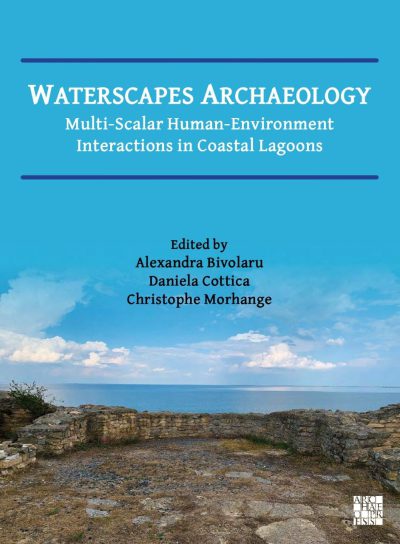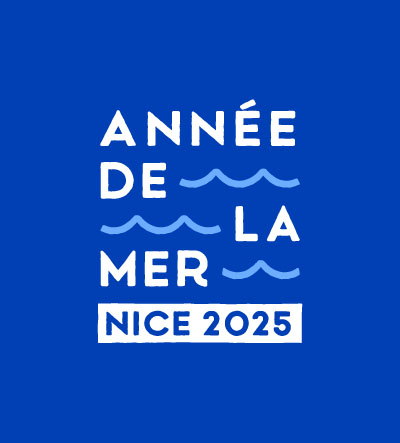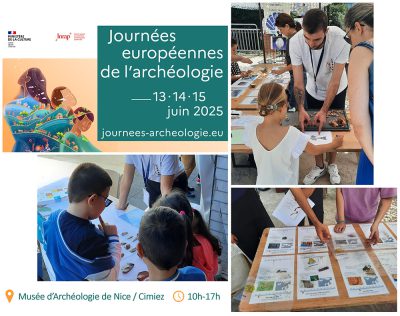The early phases of Neolithic expansion in the Central and Western Mediterranean are relatively poorly understood with regards to the diversity in the subsistence economy and the degree of interaction with indigenous hunter-gatherers. Recent analysis of pottery manufacturing techniques also points to a surprisingly diverse range of practices across the region. Here, we explore the use of pottery during the early phases of the Neolithic in the Northwestern Mediterranean, through analysis of organic residues absorbed in the pots of the Pendimoun rock-shelter (Impresso-Cardial complex) in Southeastern France. Using molecular and single-compounds stable carbon isotopes analyses, our study reveals that the majority of pots were used for processing wild or domesticated ruminant carcase fats, although lipids derived from cereals and wild non-ruminant fats, such as hares, cannot be excluded. In addition, a few of the earlier Impressa vessels showed the presence of beeswax and porcine fats. Correlations between the contents of the vessels and their volume were found, suggesting that vessels were manufactured for specific uses. Only one vessel from the Cardial phase showed evidence of dairy fats strengthening the notion that milk was not heavily or systematically exploited by the earliest Neolithic populations of the Mediterranean. Overall, however, our study calls for more detailed regional investigations to fully understand the transition to farming according to the local landscape and environmental context.
PDF HAL : https://halshs.archives-ouvertes.fr/halshs-03041190/document
EDITEUR : https://www.sciencedirect.com/science/article/pii/S2352409X20304739?via%3Dihub




